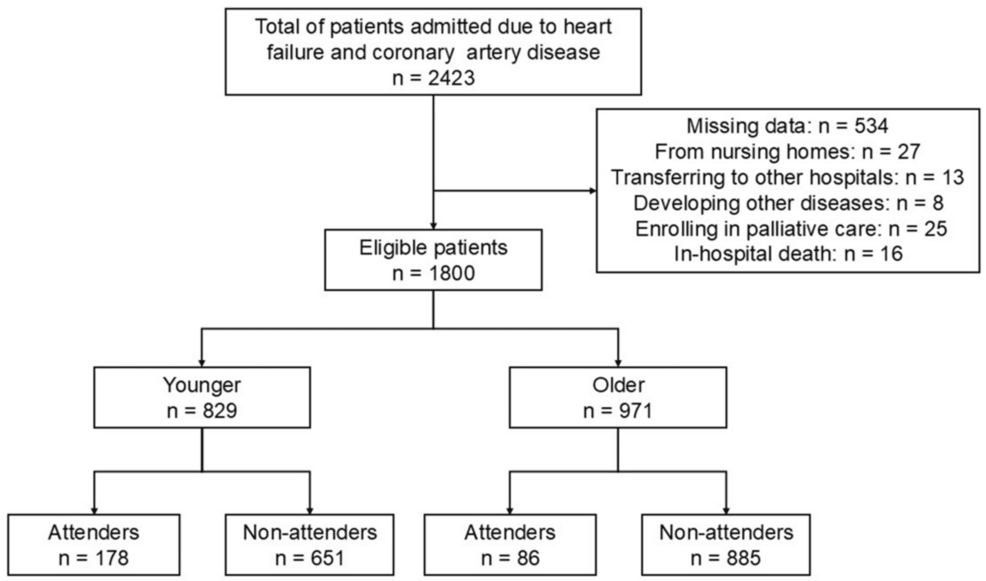Prince William is…
Author: admin
-

Airbus-built SpainSat NG-II successfully launched
Getafe, Spain, 24 October, 2025 – SpainSat NG-II, the second Airbus-built new generation secure communications satellite for Spain, has been successfully launched from the Kennedy Space Center, in the U.S.
The launch of this second satellite…
Continue Reading
-

Pan Pacific Open: Elena Rybakina beats Victoria Mboko to clinch last WTA Finals spot
Elena Rybakina has clinched the last spot for next month’s WTA Finals by beating Victoria Mboko to reach the Pan Pacific Open semi-finals.
The 2022 Wimbledon champion, who has won two WTA 500 titles this year, beat 19-year-old Mboko 6-3 7-6 (7-4)…
Continue Reading
-

Manchester United: Marcus Rashford wants to extend Barcelona stay
Marcus Rashford hopes to stay at Barcelona when his loan agreement from Manchester United ends in the summer.
Barcelona have the option to sign the England forward permanently for £28m – a lower fee than the £40m United would seek from any other…
Continue Reading
-

MIT scientists discover hidden 3D genome loops that survive cell division
Before a cell can split into two, it must first copy all of its chromosomes so each new cell inherits a complete set of genetic material. For years, researchers believed that as this process unfolded, the genome’s intricate three-dimensional…
Continue Reading
-

MIT scientists discover hidden 3D genome loops that survive cell division
Before a cell can split into two, it must first copy all of its chromosomes so each new cell inherits a complete set of genetic material. For years, researchers believed that as this process unfolded, the genome’s intricate three-dimensional…
Continue Reading
-

Warning after Cornwall fireworks displays axed over safety fears
A warning has been issued to those planning to set off fireworks after the cancellation of organised displays.
Truro’s annual bonfire and firework display has been cancelled following concerns over traffic congestion, along with another display organised by Falmouth Fire Station.
Cornwall Fire and Rescue Service said the event had been cancelled as it could not be delivered “to the standard of safety and organisation that our community rightly expects”.
It urged those planning to set off fireworks at home to “only buy fireworks with a CE mark [those that comply with the current safety standards]”.
Truro City Council said the decision to cancel the event on 6 November was made after consulting with the safety advisory group.
Council clerk David Rodda said although the news would be “disappointing” for many residents, safety was the authority’s “highest priority”.
The fire service warned “children, including babies and toddlers, suffer over half of all firework-related injuries”.
It advised they should be “closely supervised” around sparklers, bonfires and fireworks, and those planning private events at home should “follow the instructions carefully and let your neighbours know in advance so they can keep pets indoors”.
Continue Reading
-

Mohamed Bin Zayed Foundation for Humanity to host global pledging moment for polio in Abu Dhabi
- The high-level pledging moment, announced on World Polio Day, will take place on 8 December 2025
- It serves as a major opportunity for global leaders to commit their support towards ending polio
- Under the…
Continue Reading
-

Countries, regulators and partners urge a collaborative approach to advance safe and equitable AI in health
Building on progress made at the AI Regulatory and International Symposium (AIRIS) in Seoul in 2024, the World Health Organization (WHO) and the Ministry of Food and Drug Safety (MFDS), Republic of Korea successfully co-hosted AIRIS 2025 in Incheon, in the Republic of Korea. The meeting brought together regulators, academia, industry and WHO to shape the responsible use of artificial intelligence (AI) in health.
“As AI becomes more sophisticated and its health applications expand, so must our efforts to make them safe, effective, ethical, and equitable,” said Dr Tedros Adhanom Ghebreyesus, WHO Director-General.
Held under the theme “Regulation for AI, Together for Tomorrow,” AIRIS 2025 served as a global platform to discuss the safe, ethical, and effective use of AI in health. The symposium showcased leading regulatory frameworks and best practices for the use of AI across the medical product lifecycle. Participants underscored the importance of ensuring that AI systems are developed and deployed in ways that are safe, ethical, inclusive and accountable.
The Outcome Statement from AIRIS Incheon 2025 calls for:
- a lifecycle-based regulatory approach spanning medical product development, clinical trials, manufacturing, evaluation and post-market surveillance;
- risk-proportionate regulation tailored to national contexts and health system needs;
- stronger international collaboration to close gaps between countries and foster a trustworthy global AI ecosystem; and
- sustained global governance through AIRIS as a regular platform for dialogue among regulators, international organizations and technical partners.
By promoting transparency, equity and accessibility in AI governance, AIRIS 2025 reinforced its role as a key global platform to advance safe and responsible use of AI in health WHO and MFDS reaffirmed their commitment to continue co-hosting AIRIS in the coming years, expanding its reach and impact.
Continue Reading

